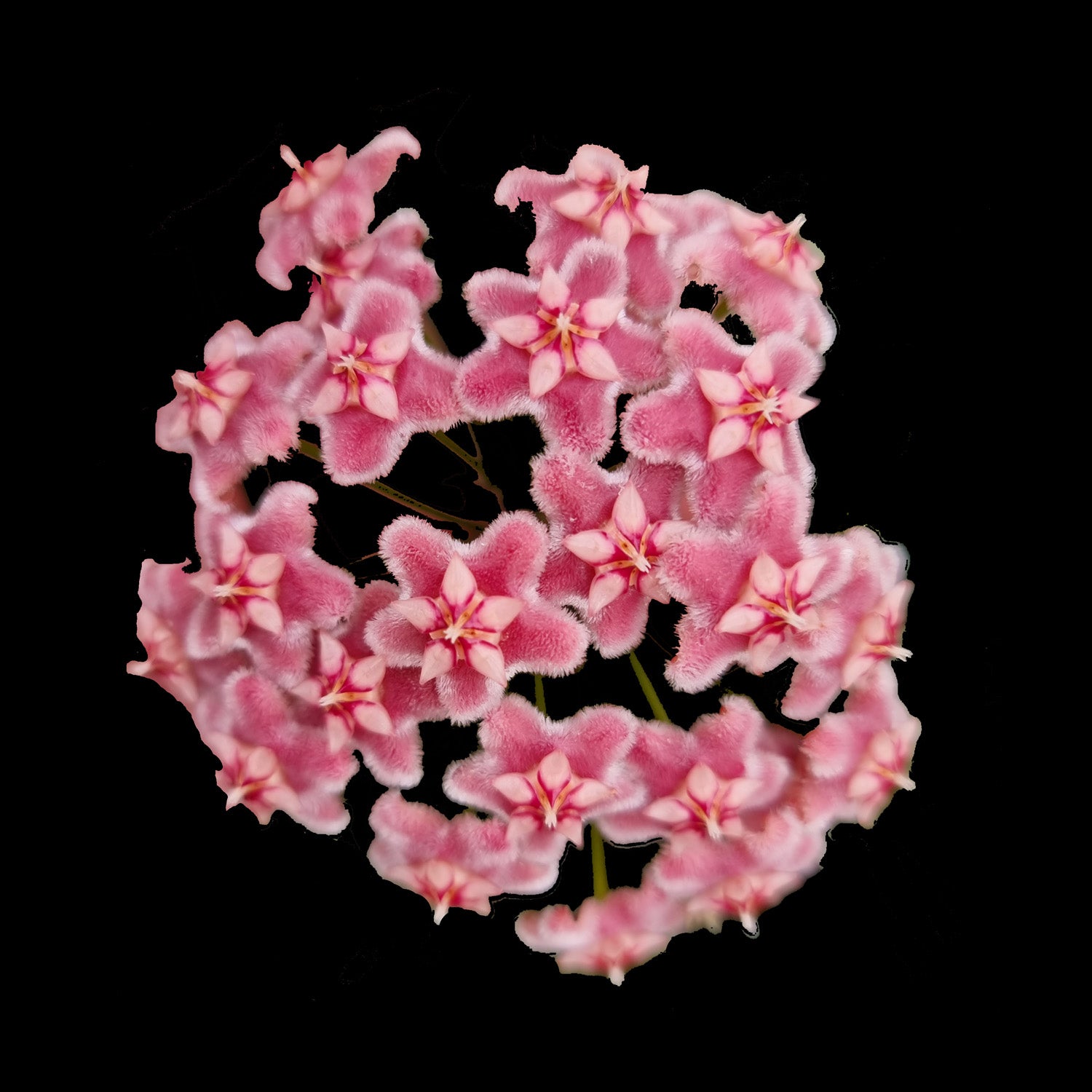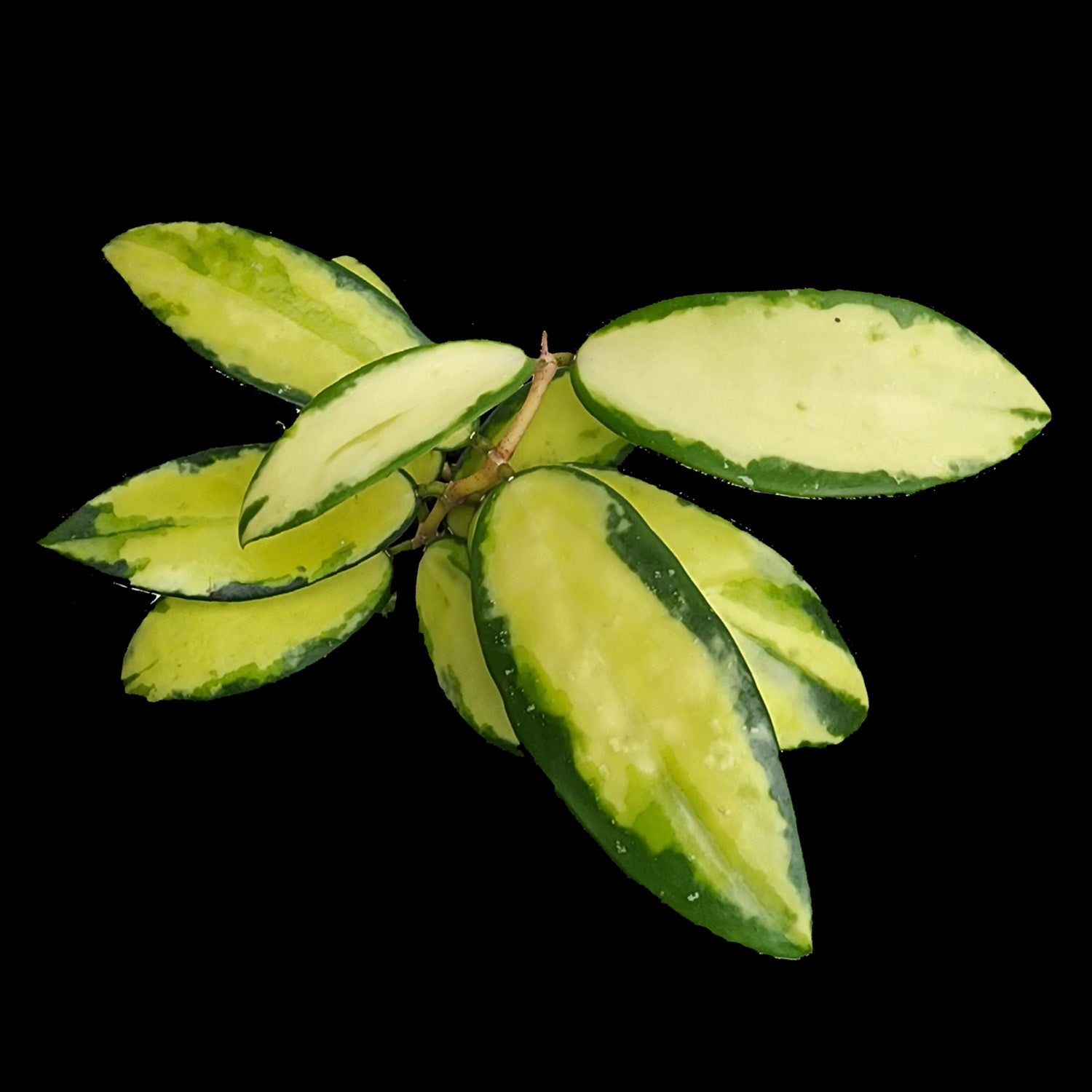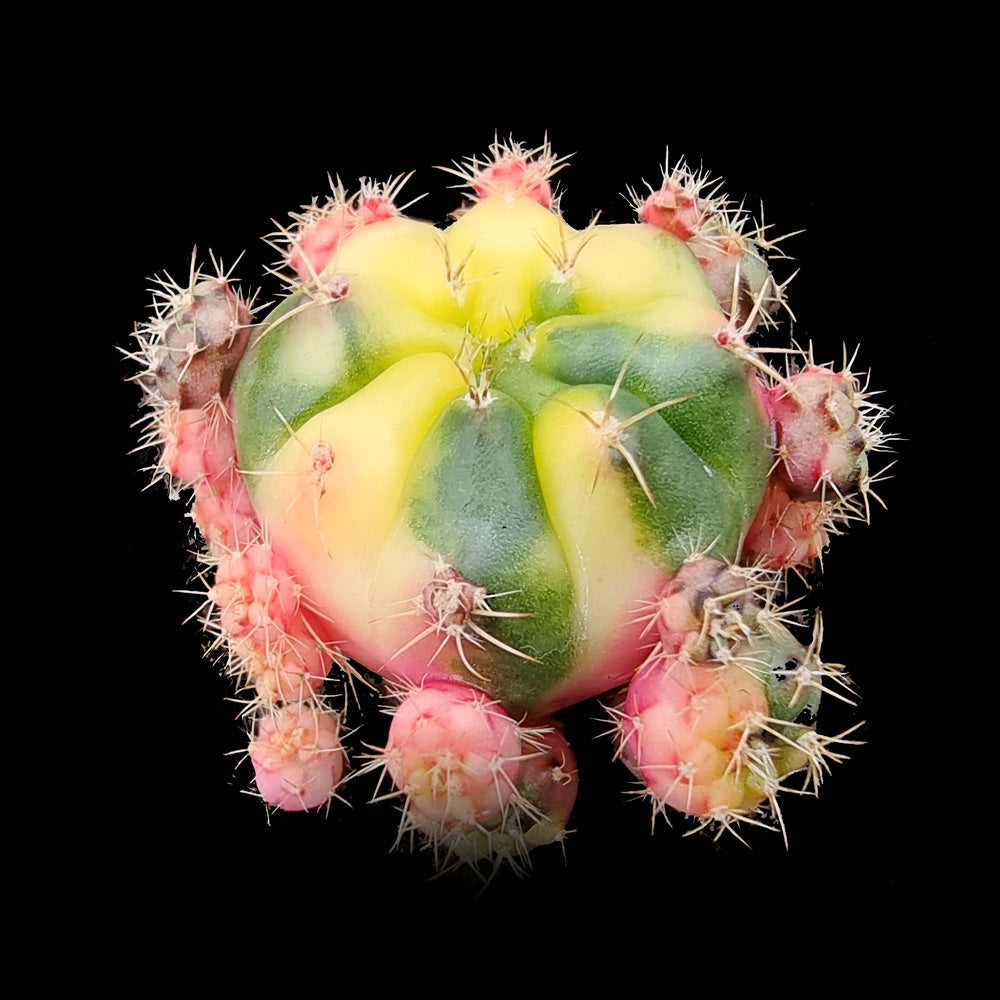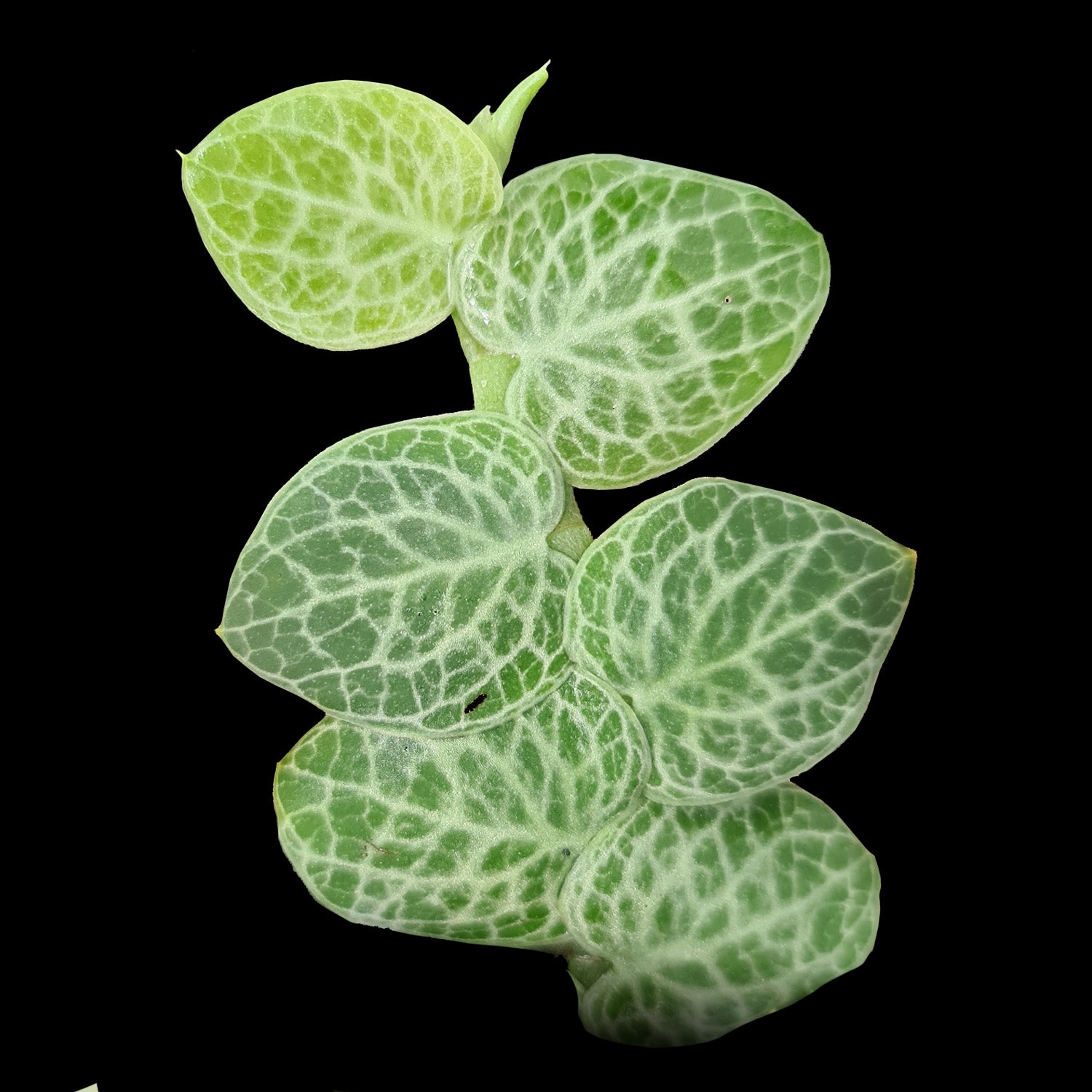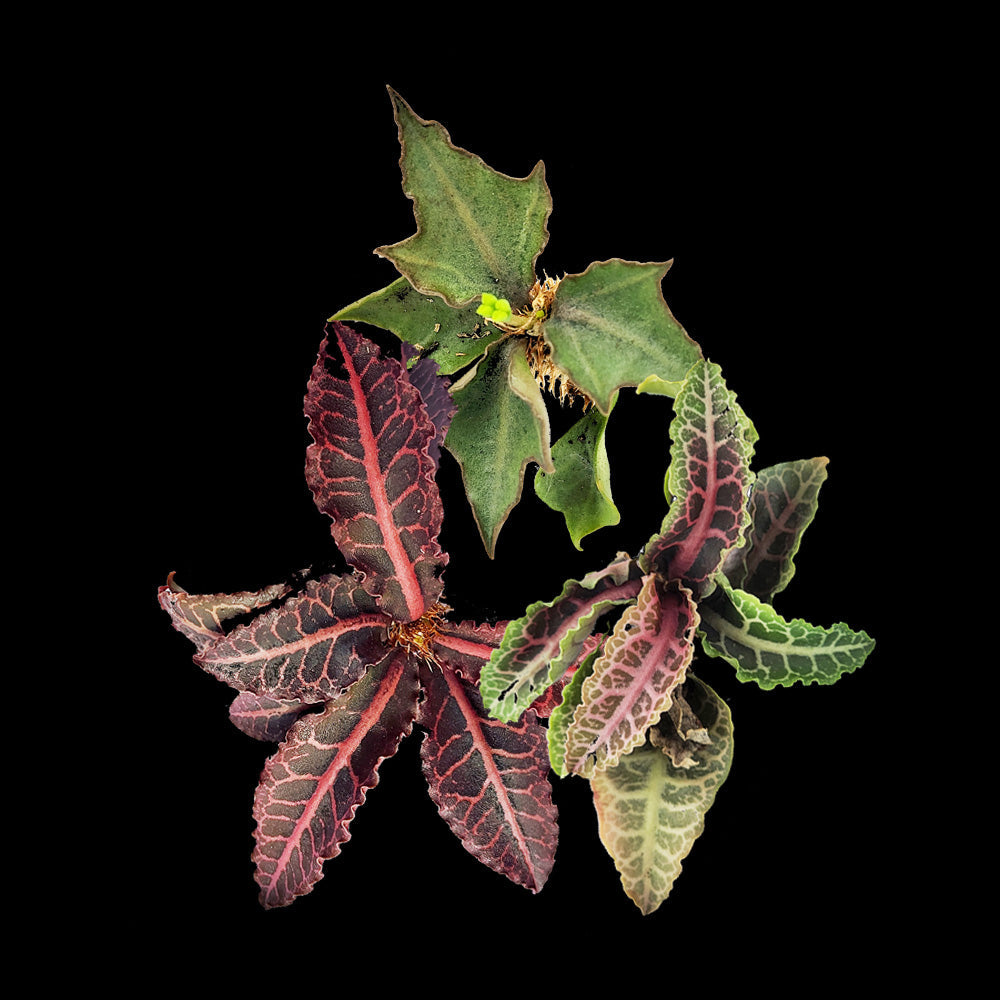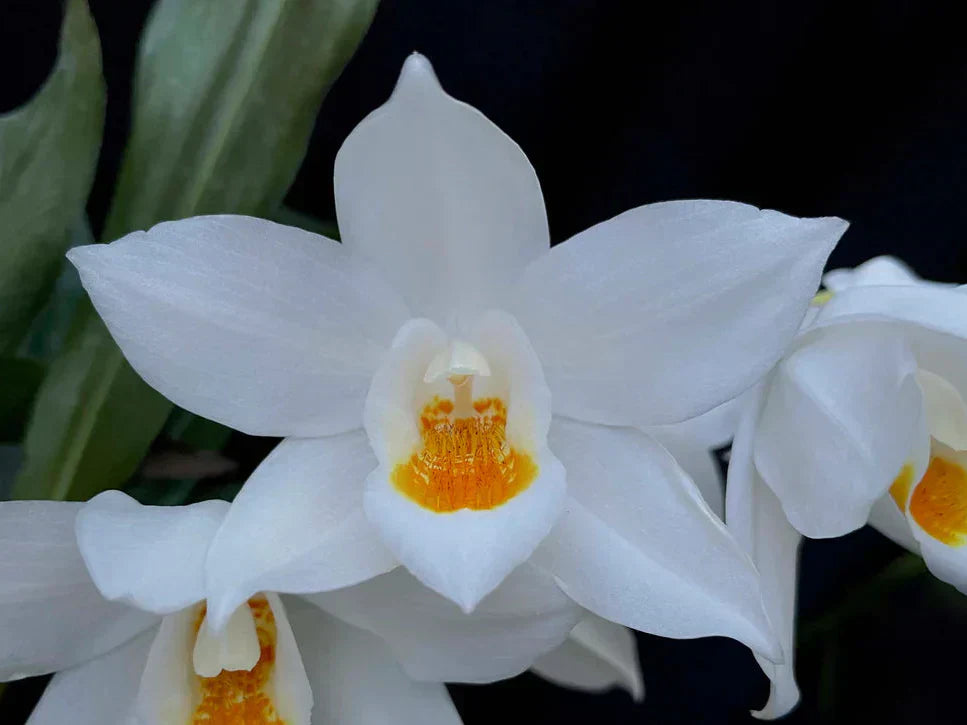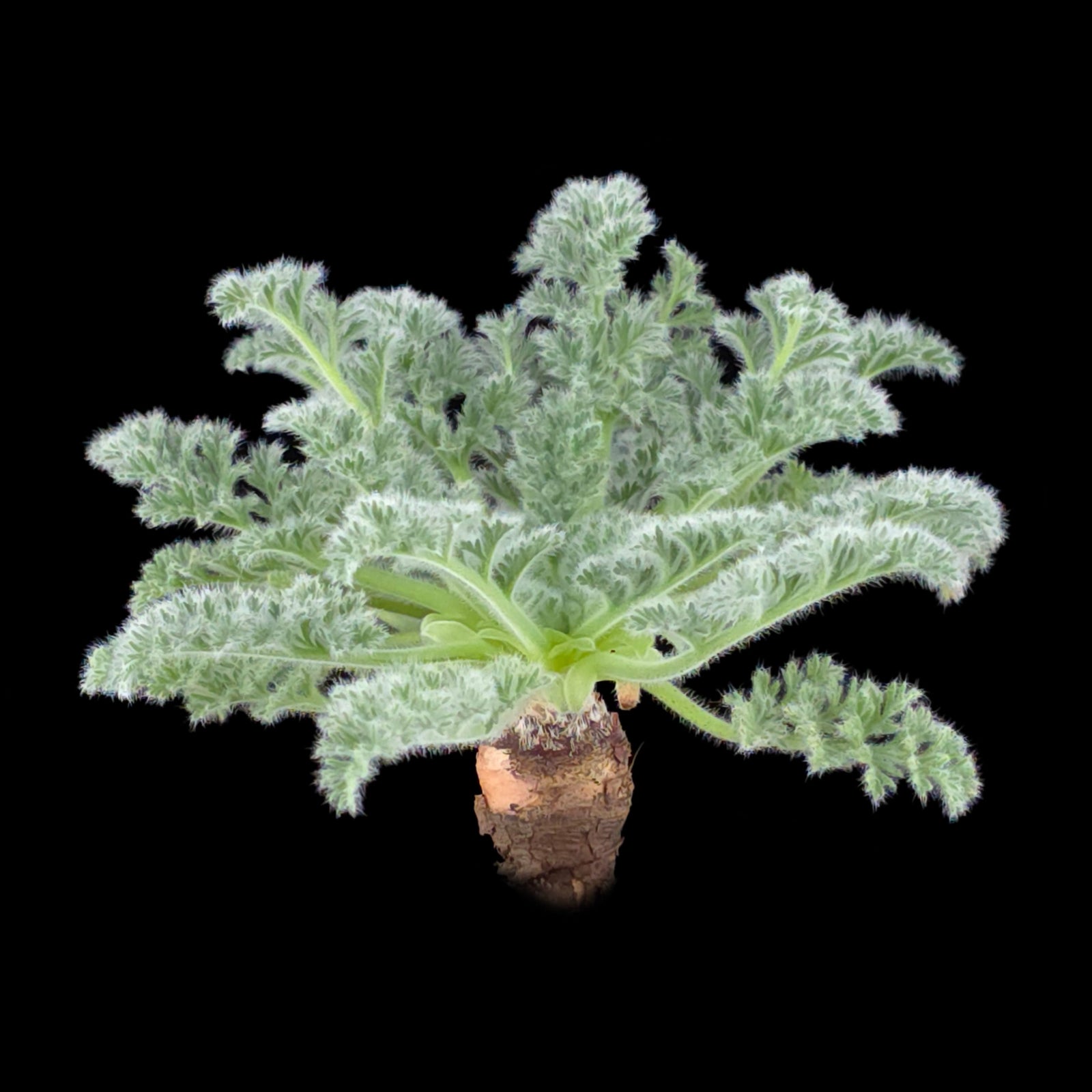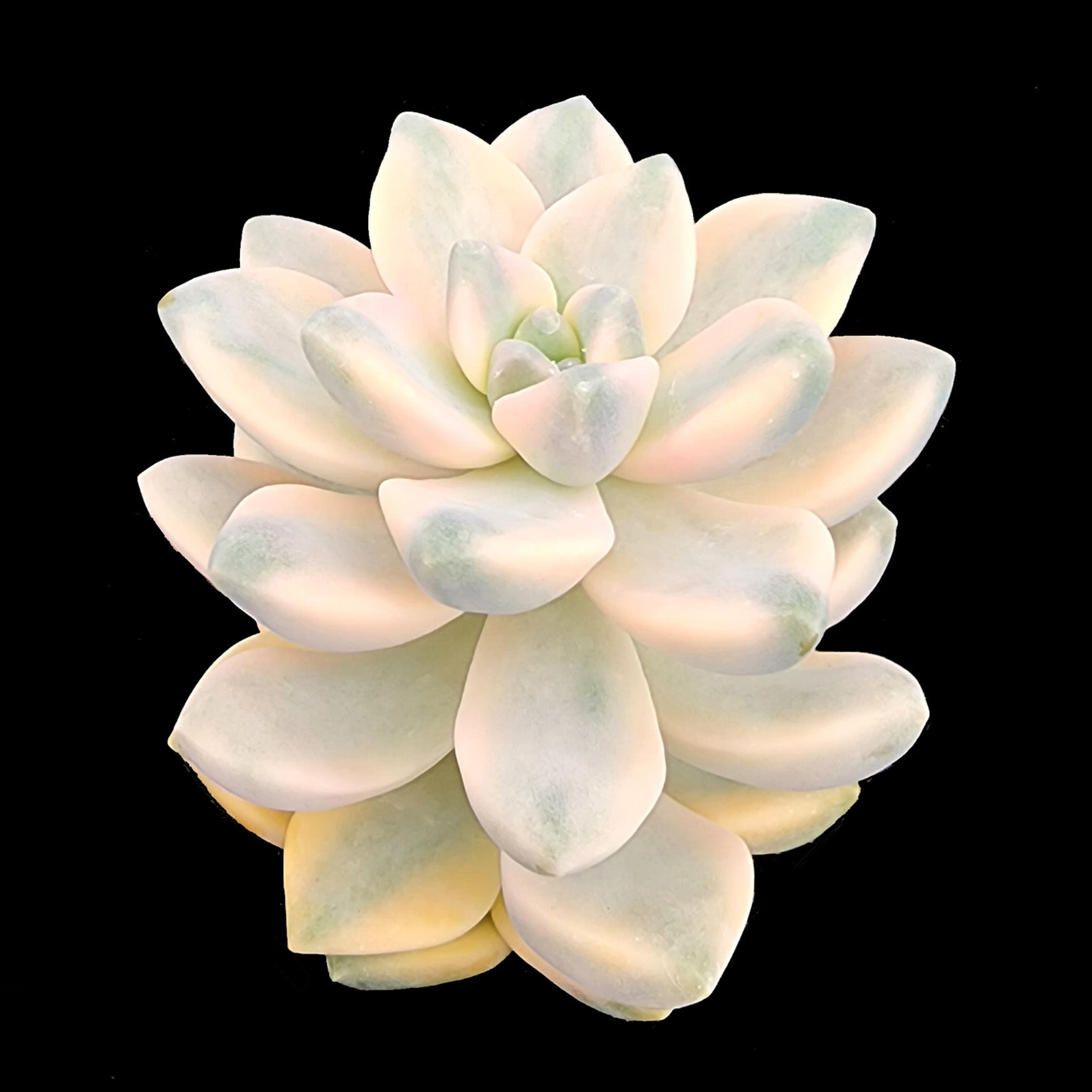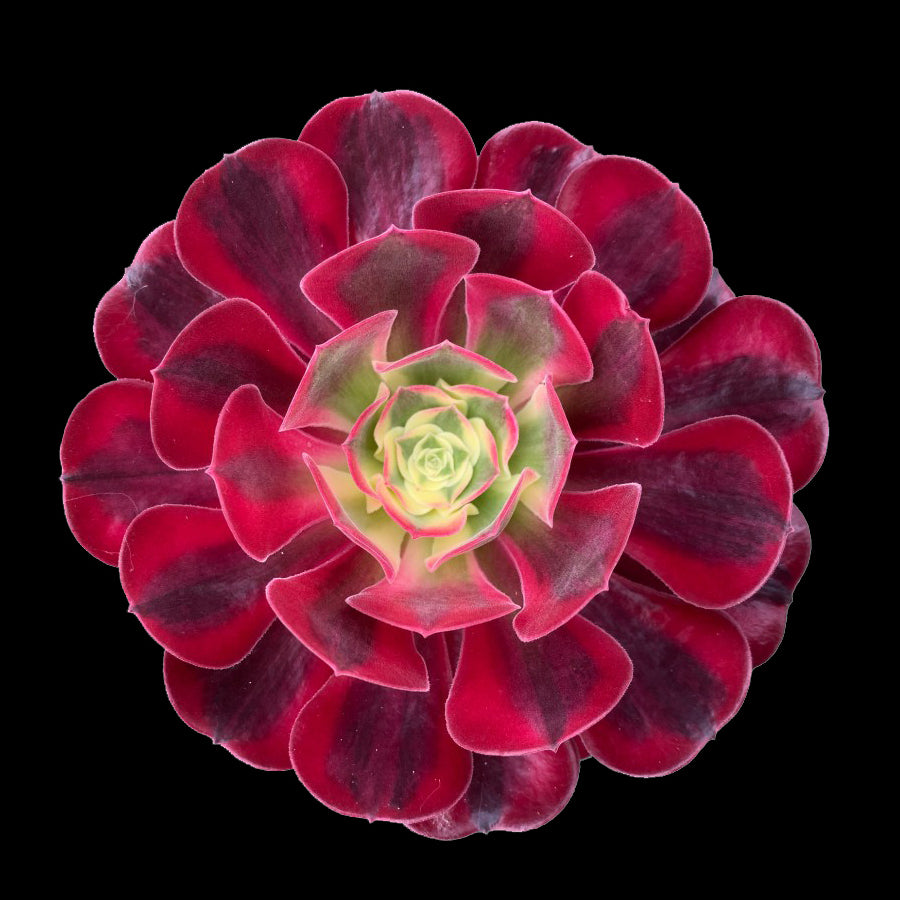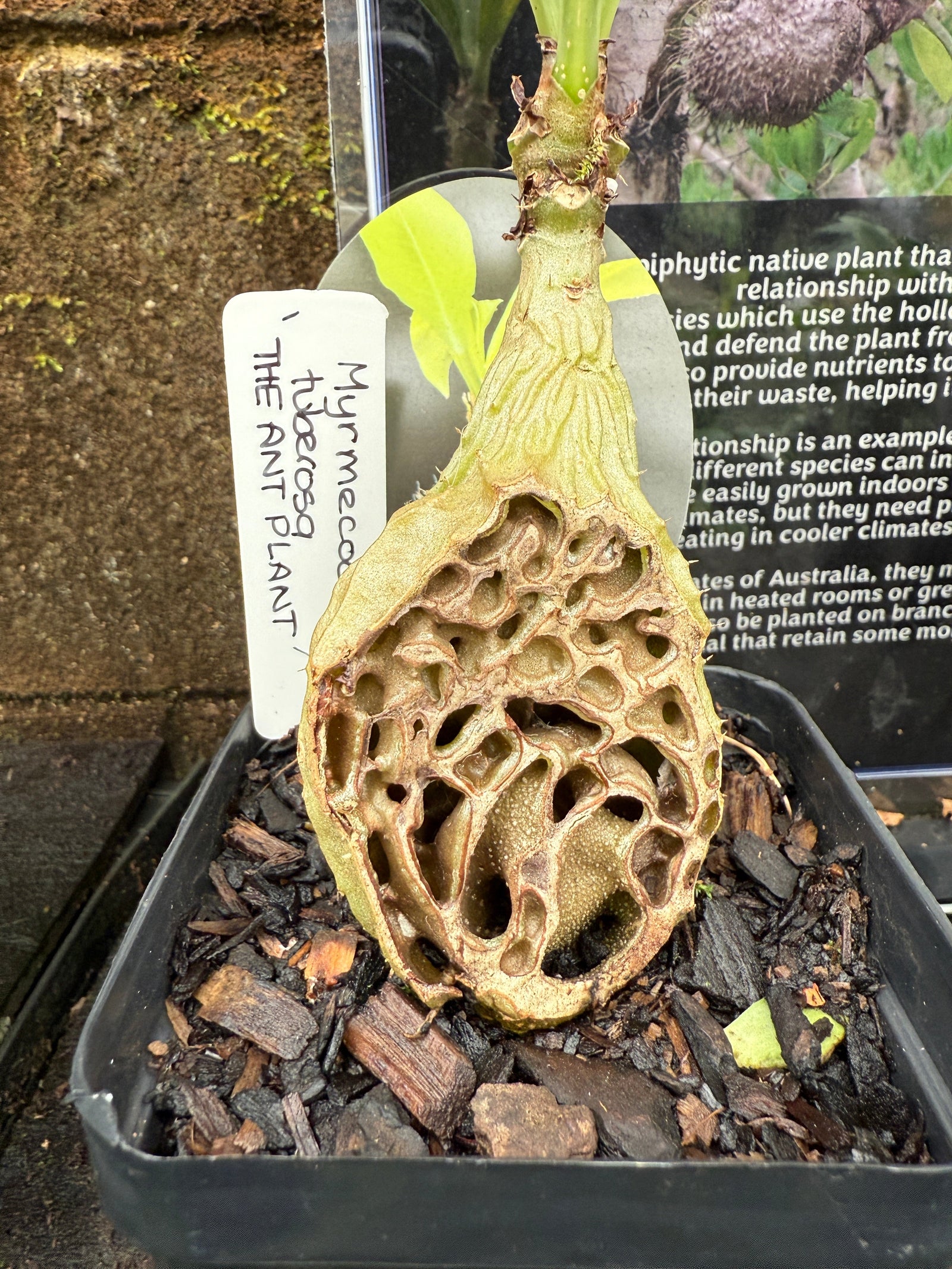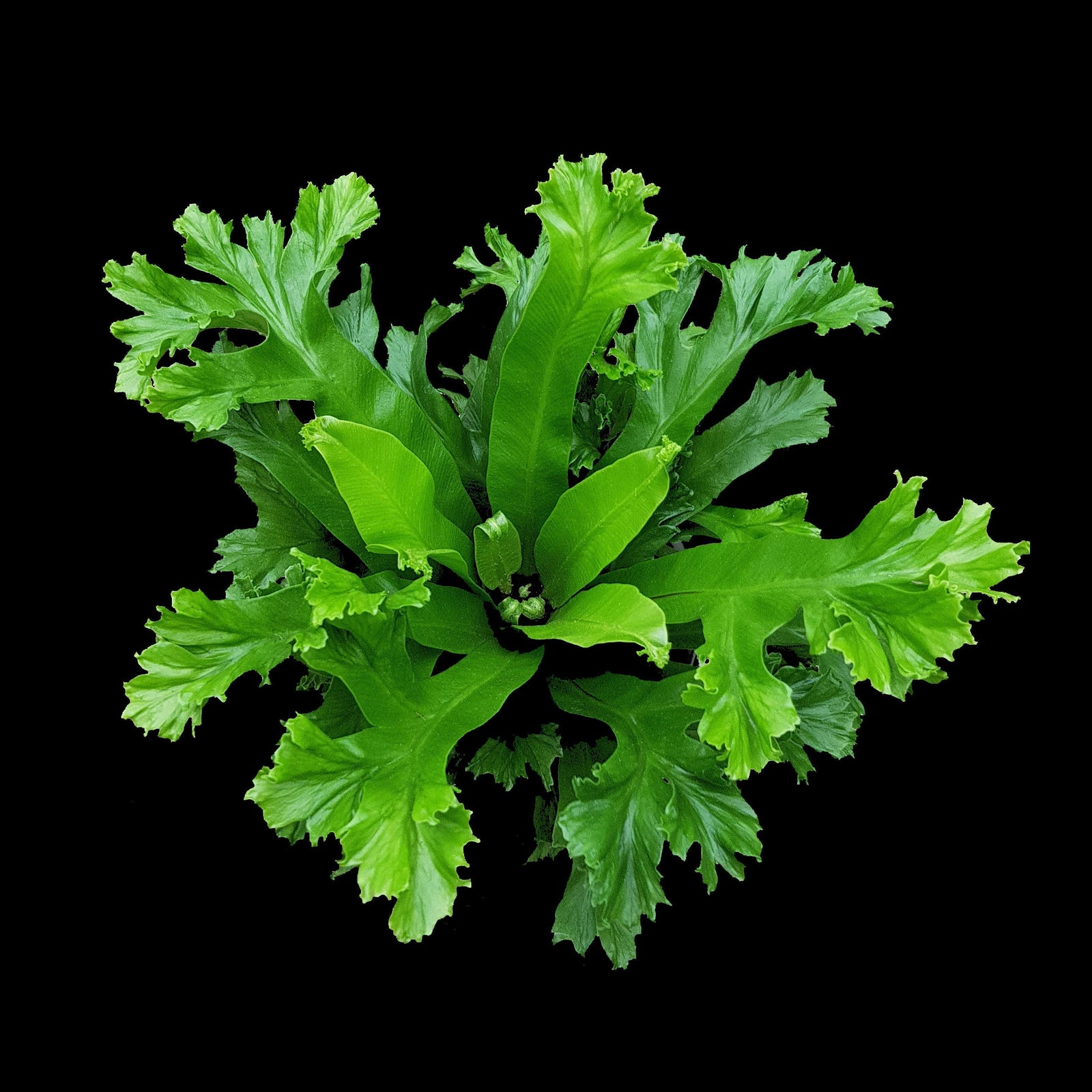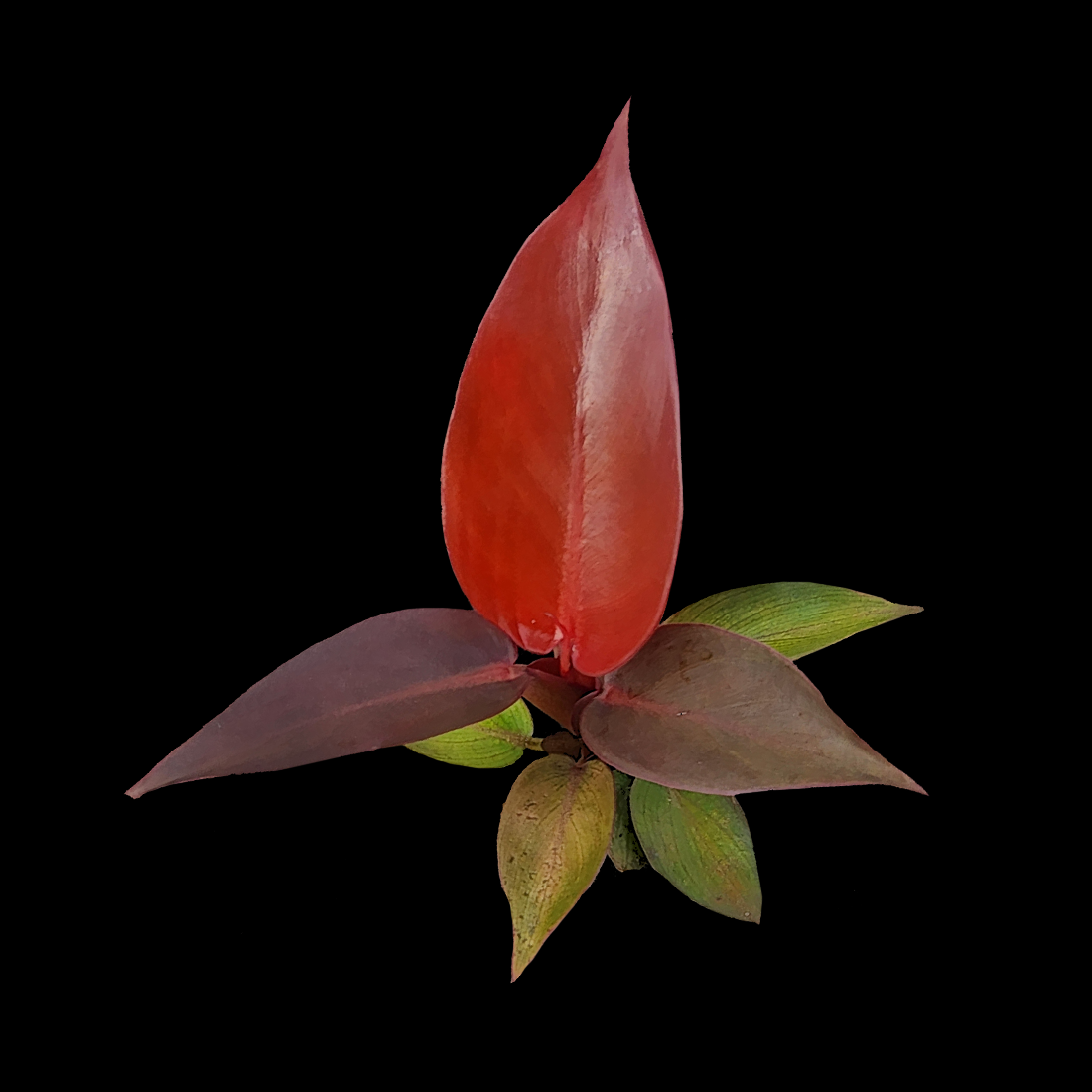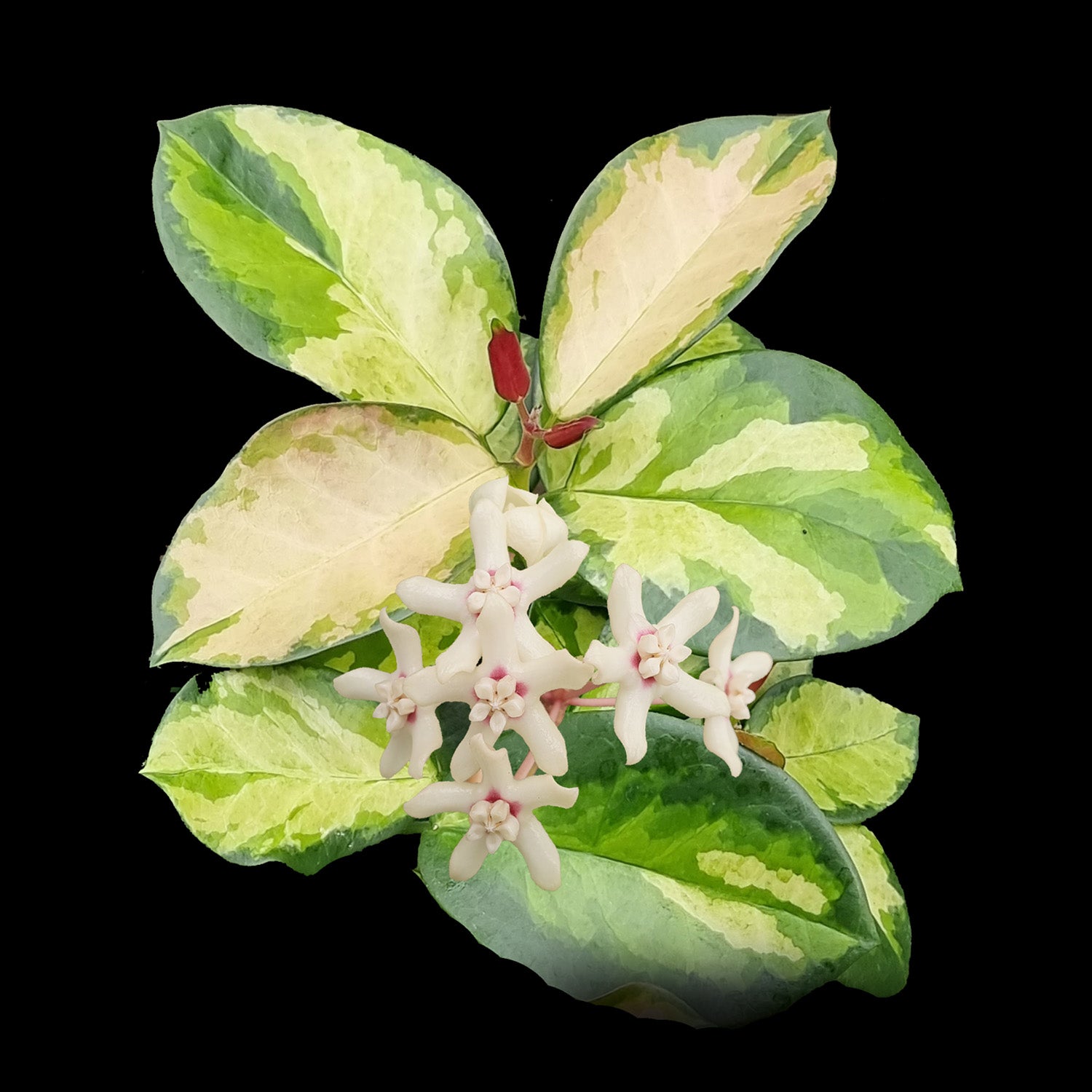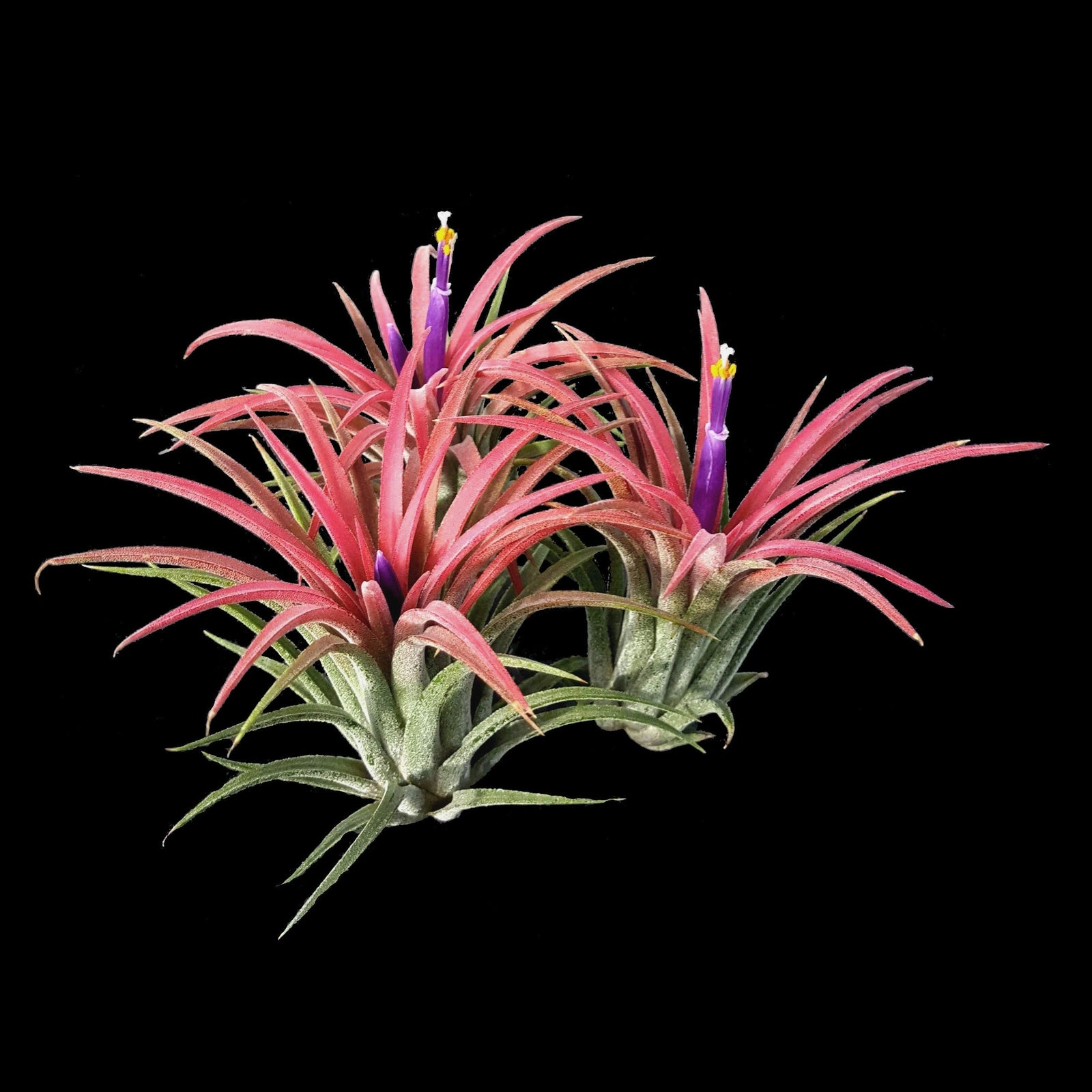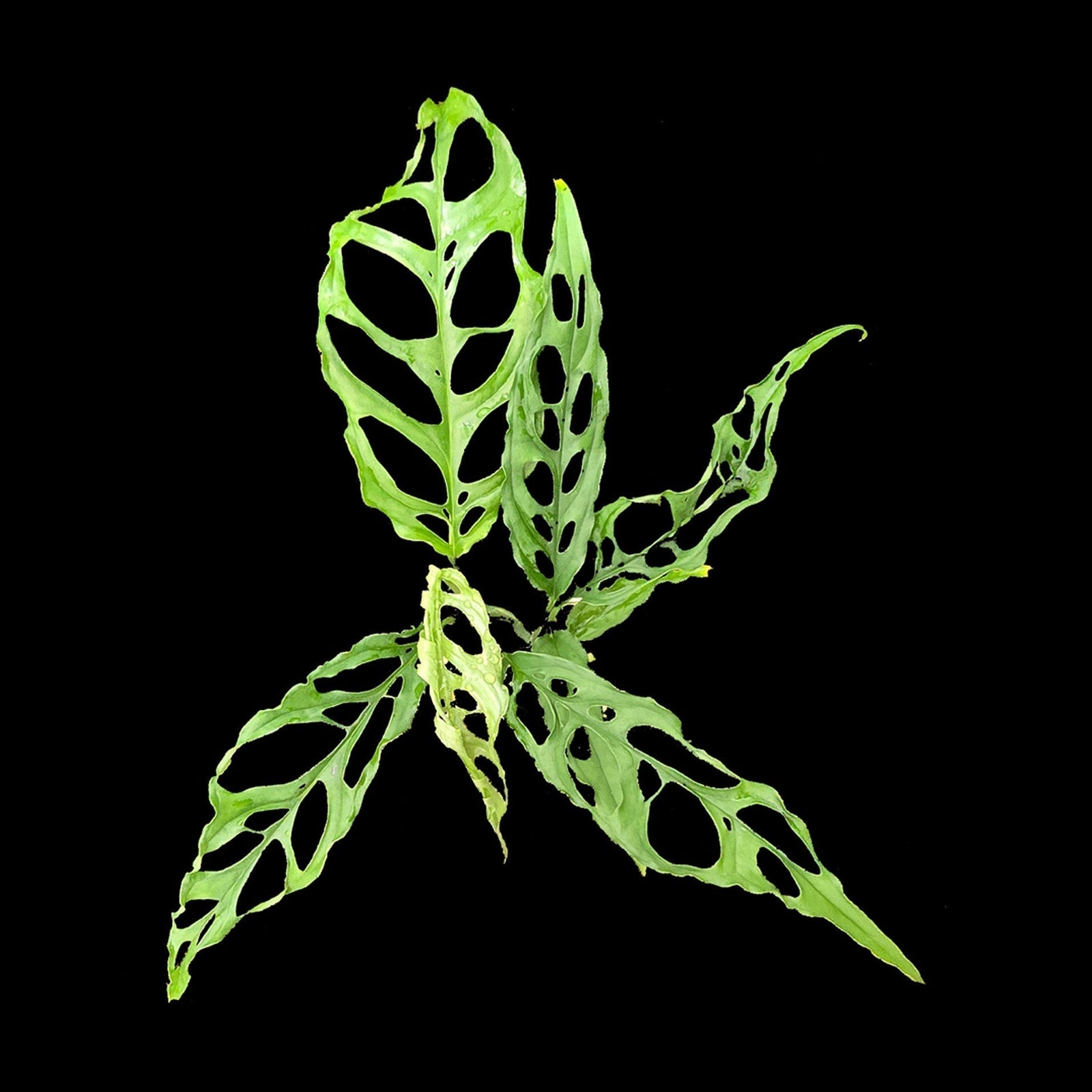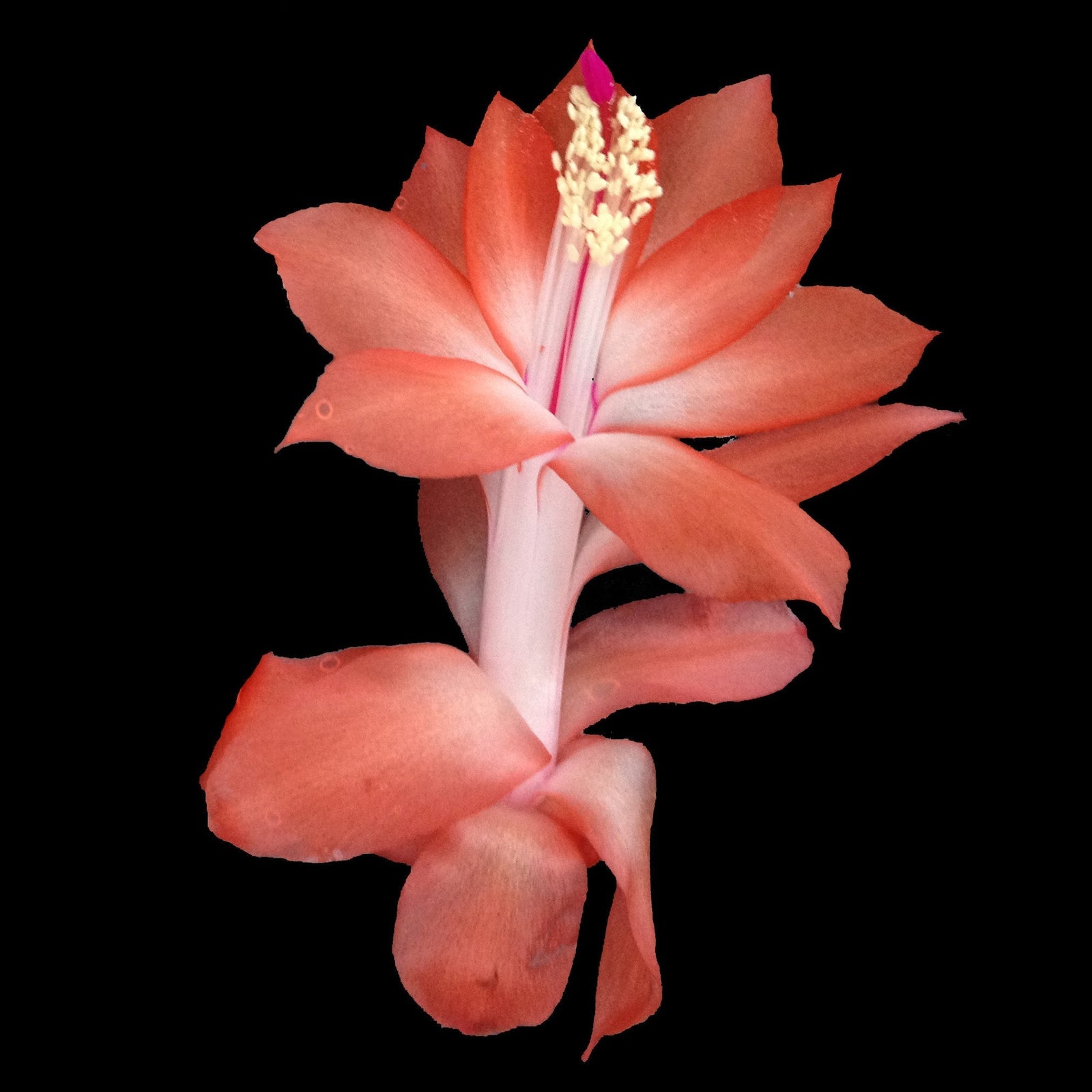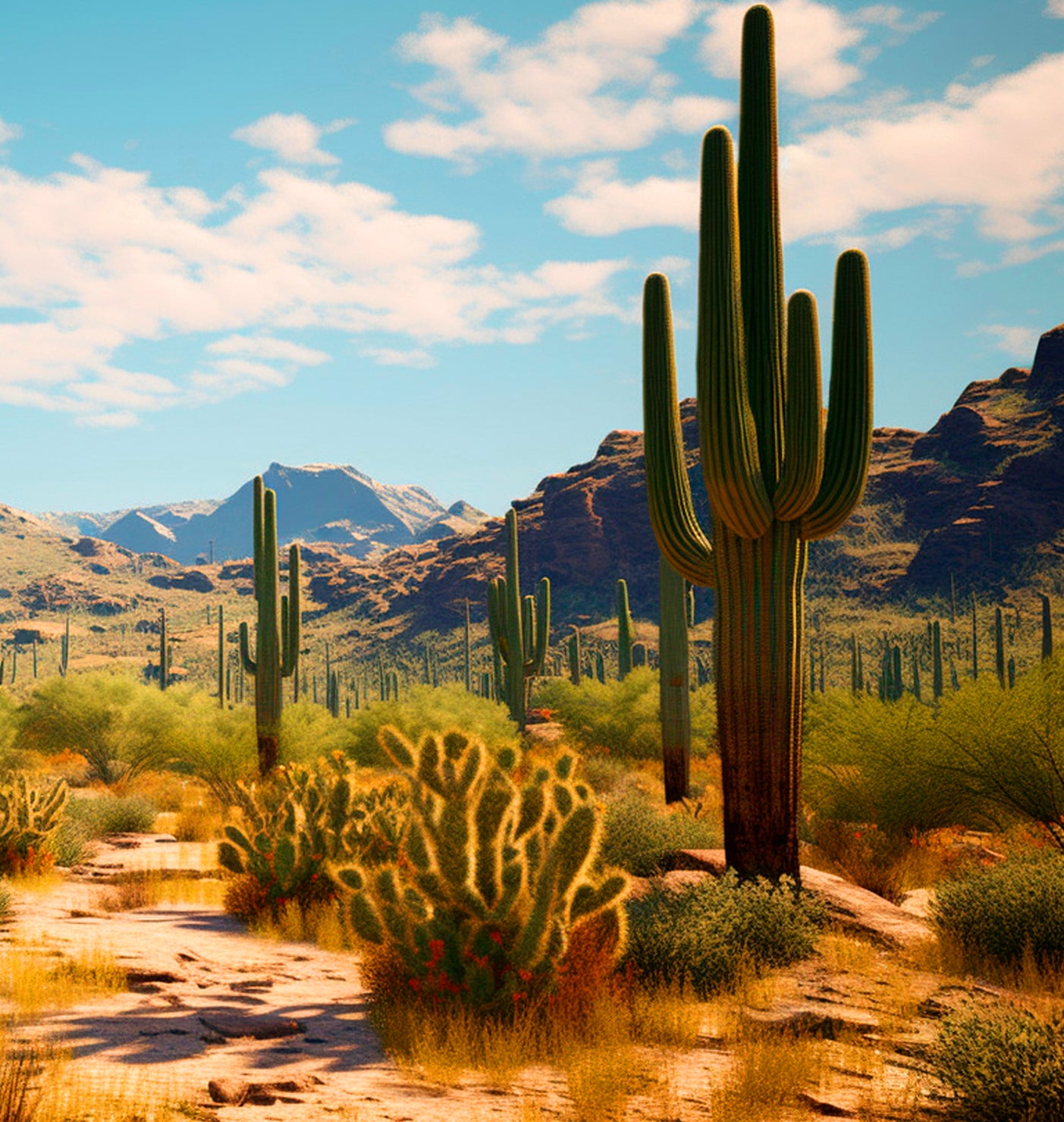You’ve mastered the basics of keeping a Hoya alive—now it’s time to take things further. Intermediate growers often want two things: faster growth and reliable flowering. The good news? Both are completely achievable once you understand how light, roots, nutrition and environmental cues work together.
This guide focuses on the practical adjustments that make the biggest difference in Australian growing conditions, helping your Hoyas produce stronger vines, fuller foliage and, with time, beautiful blooms.
Increase Light for Bigger Leaves & Faster Vines
If you want your Hoya to grow faster, increase the light. Most indoor growers underestimate just how bright Hoyas prefer it. While they tolerate low light, they do not grow quickly in it—and they rarely flower.
For intermediate results aim for:
- Bright, indirect light for 6–10 hours
- Filtered morning sun where possible
- Light levels where the plant casts a faint, soft shadow
- Grow lights in darker homes or during winter
Better light = faster growth. In many cases, increasing light alone doubles a plant’s growth rate.
Use a Fast, Airy Potting Mix
Hoyas speed up dramatically when their roots receive more airflow. Dense, peaty mixes hold too much moisture and inhibit both growth and flowering.
Your mix should be:
- Chunky
- Fast draining
- Low in fine particles
- Rich in bark, perlite, pumice or coco chips
Aeration fuels faster root development—and faster roots produce faster vines.
Pot Size Matters: Go Smaller, Not Larger
A common mistake is potting Hoyas into containers that are far too large. Bigger pots stay wet longer, keeping the plant in an “idle mode.”
For better performance:
- Only repot when roots circle the bottom
- Choose a pot just 1–2 cm wider than the old one
- Use plastic for moisture-loving species, terracotta for drier growers
Smaller pots help oxygen reach the roots and lead to noticeable boosts in growth speed.
Feed for Growth—Then Switch for Blooms
Intermediate growers feed for a purpose. Hoyas don’t need heavy fertilising, but consistent light feeding improves both foliage and flower production.
To boost growth:
- Use a balanced fertiliser (e.g., 7-7-7 or 9-3-6)
- Feed lightly every 2–3 weeks during warm months
- Avoid feeding in the coldest part of winter
To encourage flowering:
- Switch to a bloom fertiliser with higher potassium
- Increase the plant’s light exposure
- Keep peduncles (flower spurs) intact—never remove them
Remember: light triggers flowers more than fertiliser does.
Warmth, Humidity & Airflow
Hoyas grow faster in stable, warm conditions. Growth slows dramatically below 15–16°C.
For optimal performance aim for:
- Temperatures above 18–20°C for active growth
- 40–70% humidity for plump, healthy leaves
- Gentle airflow to prevent fungal issues
Warm roots + bright light = reliable growth.
Pruning for Better Structure & More Flowers
Hoyas naturally send out long, bare vines. Strategic pruning helps redirect energy to create fuller, denser plants.
Prune when:
- Vines become excessively long or bare
- You want branching lower on the plant
- After flowering (but never cut off the peduncle)
Cutting back promotes new shoots and more potential flowering points.
Species That Respond Well to Intermediate Techniques
The following Hoyas are excellent examples of plants that reward higher light, warmer temperatures and consistent feeding with strong growth and regular blooms:
- Hoya pubicalyx ‘Pink Dragon’ – A vigorous, fast-growing species that flowers readily with strong light.
- Hoya pubicalyx ‘Royal Hawaiian Super Splash’ – Thrives under warm, bright conditions and is known for reliable flowering.
- Hoya coronaria ‘Gold Star’ – Large, dramatic blooms that form best when the plant gets consistent heat and airflow.
- Hoya acuta variegata (Yellow Form) – Fast-growing with good light, responds strongly to a warm environment.
- Hoya kerrii Reverse Variegata – Slow in low light, but much faster with warmth and high brightness; eventually produces stunning blooms.
Final Thoughts
Growing Hoyas beyond the beginner stage is incredibly rewarding. Once you adjust light, potting mix, nutrition and warmth, your plants respond with stronger vines, fuller foliage and—when the timing is right—beautiful, fragrant flowers. With these intermediate techniques, you’ll see real, visible improvement in your plants’ performance.












